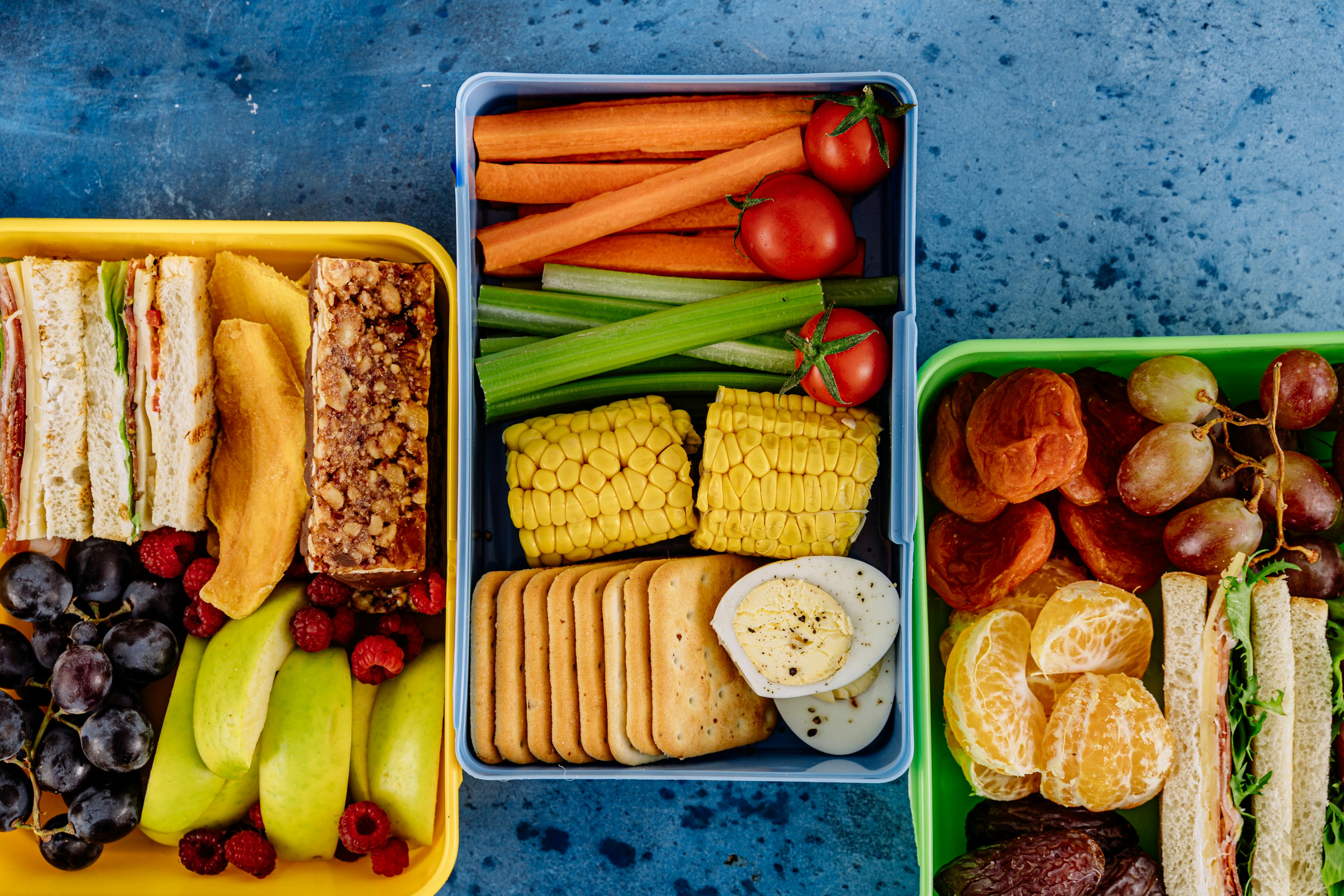Effective Guide to American Diabetes Association Diet Plan 2025

Effective Guide to American Diabetes Association Diet Plan 2025
Navigating the complexities of diabetes can be overwhelming, but understanding the American Diabetes Association (ADA) diet plan is a pivotal step towards effective diabetes management. The ADA diet is designed to help individuals with diabetes balance their meals, control blood sugar levels, and improve overall health. This article explores the key components of the ADA diet, including meal planning, portion control, and the significance of low glycemic index foods, while providing practical tips and recipes to enhance your dietary habits.
The benefits of adopting the ADA diet plan extend beyond blood sugar management. By focusing on healthy eating, you’ll not only achieve better metabolic control but also reduce the risk of diabetes-related complications and enhance your quality of life. In this comprehensive guide, you will learn essential strategies for effective meal planning, the importance of portion control, and how to incorporate a variety of diabetes-friendly foods into your diet.
As we delve into this guide, our roadmap includes an overview of dietary guidelines, strategies for meal prep, healthy snack options, and tips for eating out. By the end, you’ll have a better understanding of how to maintain a balanced diet conducive to managing diabetes.
Understanding the American Diabetes Association Diet
Basic Principles of the ADA Diet
The American Diabetes Association diet revolves around several foundational principles aimed at helping individuals maintain stable blood sugar levels. Central to these principles is the concept of carbohydrate management, which focuses on understanding carbohydrates and their impact on blood sugar. By learning to count carbs and recognize low glycemic index (GI) foods, individuals can make informed choices that support optimal glycemic control.
Key Dietary Guidelines for Diabetes
The ADA provides a set of dietary guidelines tailored specifically for people with diabetes. These guidelines emphasize the consumption of a balanced diet rich in whole grains, lean proteins, healthy fats, and plenty of fruits and vegetables. Incorporating fiber-rich foods not only aids in blood sugar management but also improves digestive health. Understanding food labels is another important component of the ADA diet, allowing individuals to make healthier choices when shopping or dining out.
The Role of Portion Control
A critical aspect of the ADA diet is implementing portion control. By understanding serving sizes, individuals can avoid overeating while still enjoying a variety of foods. This involves learning to visualize appropriate portion sizes, possibly using measuring tools to gauge how much food constitutes one serving. This approach not only promotes satiety but also plays a significant role in weight management and overall health.

Meal Planning Strategies for Diabetes Management
Creating a Weekly Meal Plan
Establishing a structured meal plan can simplify healthy eating for diabetes management. A well-crafted weekly meal plan not only reduces the stress of daily cooking but also helps in maintaining balanced blood sugar levels. The ADA recommends including a mix of carbohydrates, proteins, and healthy fats in each meal while focusing on diabetes-friendly recipes that are easy to prepare.
Healthy Snacking Ideas
Snacking plays an integral role in managing hunger and blood sugar levels. For individuals with diabetes, selecting healthy snacks that are lower in carbohydrates and higher in protein and fiber can make a significant difference. Options such as raw vegetables with hummus, Greek yogurt, or a handful of nuts can provide nutrition without leading to spikes in blood sugar levels.
Incorporating Low Glycemic Index Foods
Integrating low glycemic index foods into your diet can contribute to better blood sugar control. Foods such as beans, whole grains, and non-starchy vegetables can help maintain steadier blood sugar levels. Understanding how to read food labels to identify GI values, along with making smarter food swaps, is essential for effective meal planning.
Healthy Recipes for Diabetes
Diabetes-Friendly Meal Prep
Meal prepping can be an invaluable tool for individuals with diabetes, allowing you to plan and prepare balanced meals in advance. Recipes such as quinoa salad with mixed vegetables or grilled chicken with steamed broccoli not only provide essential nutrients but are easy to prepare in bulk. This method can prevent impulsive eating and help maintain healthy eating habits.
Quick and Easy Snacks
When time is of the essence, having a list of quick and easy snacks is beneficial. Some suggestions include sliced fruits with nut butter, cottage cheese topped with berries, or homemade trail mix with unsalted nuts and seeds. These snacks can satisfy cravings while providing the necessary nutrients without causing significant blood sugar fluctuations.
Cooking Methods for Diabetic Meals
Choosing appropriate cooking methods is crucial for preparing healthy meals. Opting for grilling, baking, steaming, or sautéing with minimal oils can help retain nutrients while avoiding excess fats and calories. Simple flavor-enhancing techniques such as herbs and spices diminish the need for salt and sugar, making meals more appealing without compromising health.

Navigating Social Situations and Dining Out
Eating Out with Diabetes
Dining out can pose challenges for individuals managing diabetes, but it’s essential to know your options. Many restaurants offer healthier alternatives or modifications to dishes that can suit your dietary needs. By checking menus in advance or consulting with restaurant staff, you can make informed decisions that align with your diabetes meal plan.
Alcohol Consumption and Diabetes
Understanding how alcohol affects blood sugar levels is crucial for individuals with diabetes. While moderate consumption can be included in the ADA diet, it’s important to consider the type of alcoholic beverage, as some are higher in carbs. Pairing alcohol with food and monitoring your blood sugar afterward can help maintain a healthy balance.
Finding Social Support for Diabetes Management
Maintaining a healthy lifestyle with diabetes can be challenging, and having a robust support system is vital. Engaging with diabetes support groups or community resources can provide valuable connections and shared tips for navigating dietary challenges. Family members and friends can play an important role by participating in menu planning and cooking together.
Concluding Thoughts on the ADA Diet Plan
Adopting the American Diabetes Association diet serves as a powerful tool in managing diabetes while promoting overall health. By focusing on a balanced diet, portion control, and mindful eating habits, individuals can improve their well-being and enhance their quality of life. Remember, each meal is an opportunity to make choices that support your health goals, so embrace these dietary strategies and enjoy the journey towards better health.
For more resources on maintaining a healthy lifestyle with diabetes, consider engaging with community workshops or looking into online groups that provide educational materials and continued support for your journey.
By embracing the knowledge and strategies outlined in this guide, you're taking a significant step towards effective diabetes management, empowering yourself to live a healthier, more fulfilling life.
Its part of generated content. Can i generate another part?